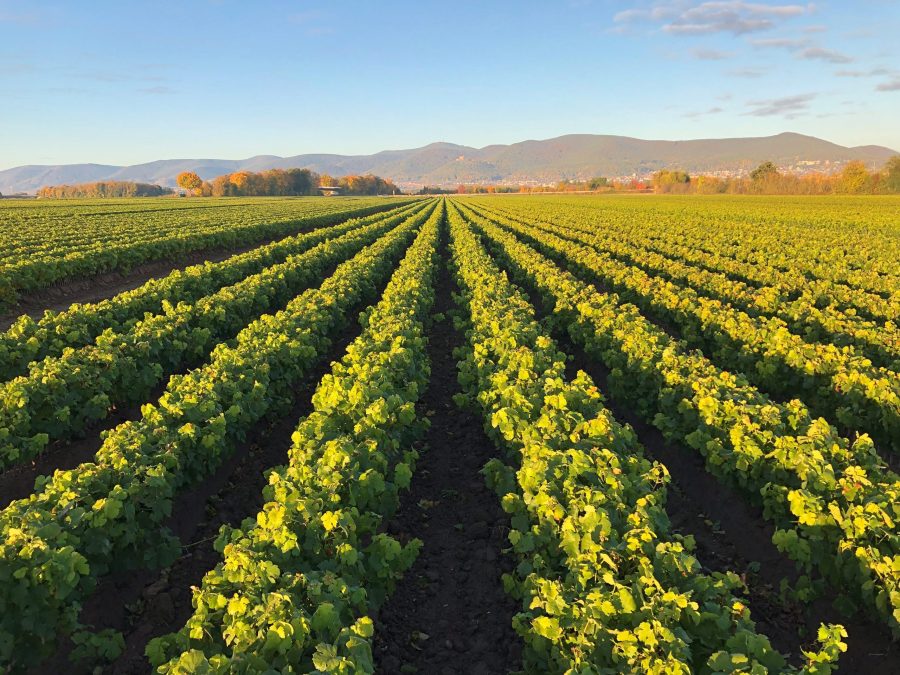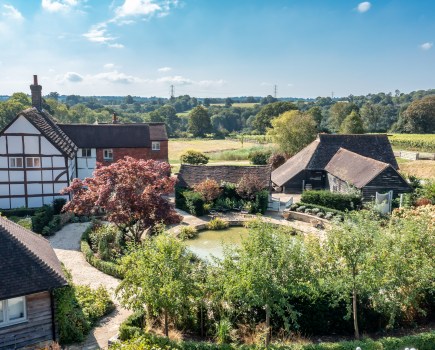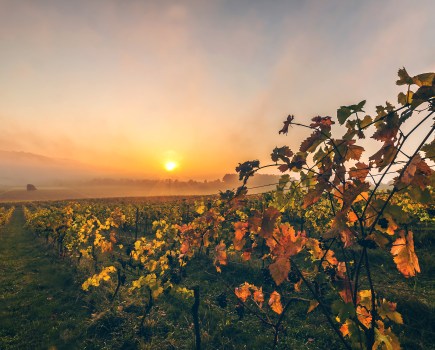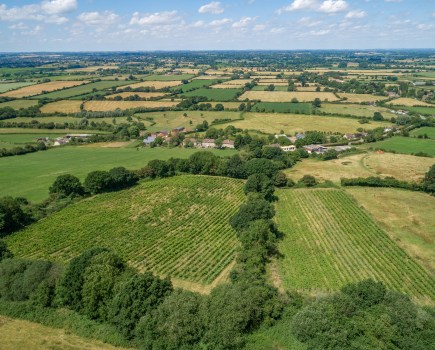Years ago, you knew the land market would get busy as soon as you saw daffodils and lambs, but nowadays it’s a more year-round affair.
There’s also far more land bought and sold off-market than in previous times, especially when it comes to viticulture ground – but the arrival of spring still represents a busy time in the calendar for conveyancing.
While the market for viticulture land is still an evolving one, certain trends are becoming apparent. One current trend is distinct differentiation between the best and the rest.
Of course, there are typical prerequisites such as the requirement for chalky, free-draining, south-facing ground, less than 300ft above sea level, but other factors are ensuring certain land commands a premium.
Areas with a proven track record in wine production that are seen as “fashionable” – such as Sussex, Surrey and Kent – look set to command higher prices.
‘Picturesque-ness’ is important, too, and in terms of London investors so is access, as people might not want to spend four hours getting to their newly acquired patch of countryside.
On top of agronomic practicalities and scenic considerations, there’s planning. Vineyards – or land suitable to be turned into them – that have the potential for future expansion unopposed by the local planning authority are understandably preferable.
There are a whole range of factors – everything from access and land designations to the existing buildings and local precedent – that will determine a planning authority’s likelihood to green-light any expansion. You don’t want to have invested a lot of money, only to find your future plans stymied by unenthusiastic planning officers.
Such considerations have meant the best ‘bare’ land suitable for planting vines is changing hands at over £25,000/acre (£62,000/ha). That’s considerably more than arable acres, which typically trade for between £7,500 (£19,000/ha) and £15,000/acre (£37,000/ha) in the south east.
This two-tiered market has long been evident in France, according to Alexander Hall, a former investment banker who now runs a vineyard real estate business based in Bordeaux.
The global explosion in production of relatively inexpensive ‘generic’ wines over the last 20-plus years has left many French vineyards unviable, pushing prices down in some areas.
“At one end of the scale you can hardly give land away, but sometimes even just 20 minutes away, eye-watering sums are being paid,” says Alexander.
Figures from government body SAFER for 2020 transactions across the whole of France show average values equivalent to about £52,000/acre (£129,000/ha), with a 257% increase between 1991 and 2020.
“Small slithers of land in the most sought-after regions which have iconic brands and are producing super-premium wines are changing hands for huge sums.”
While such prices can’t be justified purely on a commercial operating level, some people almost view it like buying a work of art. “They’re investing in an asset which is incredibly rare and has almost only ever gone up in value, whatever else is happening in the world.”
Regardless of their motivations, aspiring purchasers should always take time to understand the intricacies of what they are acquiring, advises Alexander. “Don’t buy the dream – buy the business.”
This is sound advice to anyone looking to buy viticulture land in the south east of England, too. We’re seeing acres snapped up by winemakers keen to expand, farmers looking to diversify and wealthy individuals wishing to enter the sector, buy a beautiful slice of the countryside or those who simply see land as a sound investment.
If you’re looking for a safe, long-term investment, it makes sense to buy the best you can afford, even if it looks expensive now. It’s the same with agricultural land – value will always be underpinned by its scarcity.
As in any market, the actual prices paid are, of course, dependent on who wants it and how much they want it. Values rocket if two people are both desperate for the same patch.
It’s also likely that as the demand for land on which to plant vines increases, there simply won’t be enough land on the freehold market to satisfy this, so rented ground will fill the gap and the practice of leasing land is likely to become increasingly widespread.
As the industry becomes ever-more commercially minded, those focused solely on profit inevitably will ask: Why buy land for £14,000/acre or more, when I could lease it for £300/acre/annum?
Given that a vineyard operator may have to invest up to £20,000/acre establishing and managing the vines up to full production, leasing may potentially be the only route for those without access to large amounts of capital.
Meanwhile, it’s clear that, in terms of freehold values, the gap between the best and the rest – as had happened with agricultural land – will widen.




